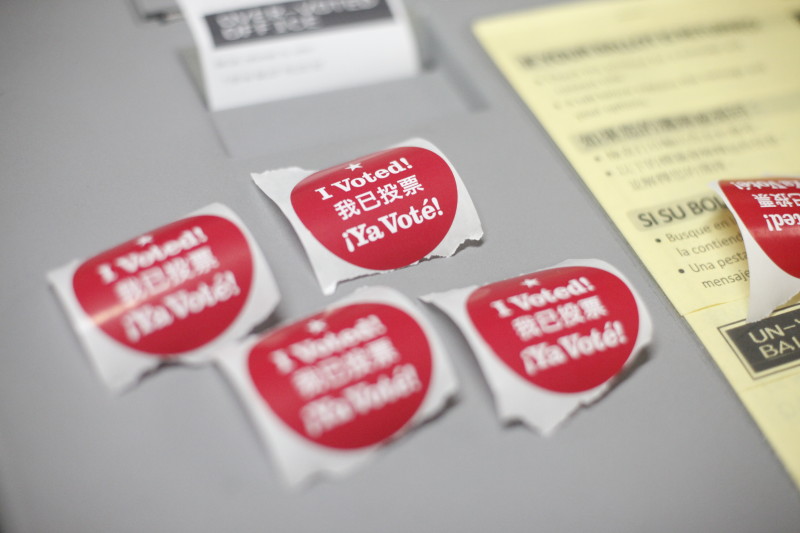Case in point: Proposition 47, the successful initiative to make some felony crimes misdemeanors and shift the presumed corrections savings into other programs. Prop. 47 supporters spent $9.7 million, more than 17 times the amount spent by the initiative's opponents.
"That initiative was well funded and progressive," said Rodota.
Prop. 47 may also highlight another trend: the relative bargain for interest groups trying to pass initiatives.
'No' Costs More Than 'Yes'
The report, using data from the past three election cycles, predicts that a winning "Yes" vote on a 2016 proposition will cost $17.2 million, while a successful "No" campaign against an initiative will cost $38.1 million.
The idea that killing an initiative would cost more than double the cost of passing one seems at odds with the fact that it has historically been much easier to get Californians to cast a "No" vote. In fact, almost half of all big-spending "Yes" initiative campaigns since 2010 have failed -- compared with only about one in five failures by campaigns on the "No" side.
So why would an opposition campaign cost more?
Strategist Rodota says part of the explanation may be that California initiatives now qualifying for the ballot seem better vetted and researched than those in elections of the past.
"They go on the ballot only when they know they can win," he said.
Regardless, the steep cost to kill a proposition could force interest groups to do a reality check in 2016.
Consider the brewing fight over the referendum to ratify or reject a statewide ban on single-use plastic bags. The bag industry spent more than $3 million to qualify the November 2016 referendum against the law, but early polling suggests the bag ban has upward of 60 percent support.
"How much is the plastic bag industry going to spend?" on an opposition campaign, asks Rodota.
More Dollars for Digital in 2014
The new analysis also shows that initiative campaigns are starting to be fought more online ... but that television ads and direct mail continue to rule the day.
The four big 2014 initiatives spent a total of $5.8 million on digital politicking. While that's more than in years past, it's still a tiny fraction (less than 5 percent) of total campaign spending.
But a number of political consultants, including Joe Rodota, believe the trend is moving toward digital campaigning ... especially as the daily rituals of Californians, from where they get their news to where they pay their bills, continue to migrate online.
"Campaigns will start shifting money to where they get the most bang for their buck," he said.

